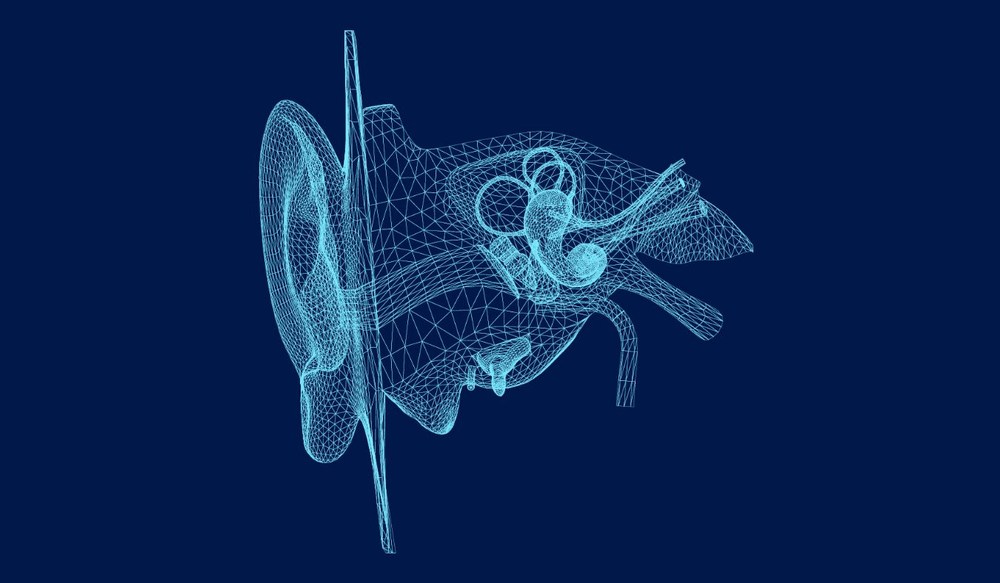Why Regular Hearing Checkups Are Important After Age 50
After age 50, hearing can change, even if you haven’t noticed any


After age 50, hearing can change, even if you haven’t noticed any

Have you ever noticed that you or someone you know can hear sounds clearly

Sometimes, people notice sounds that don’t have a clear source, and this